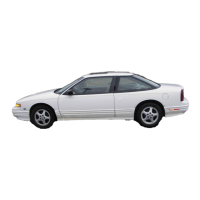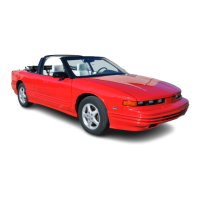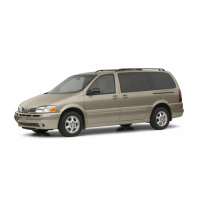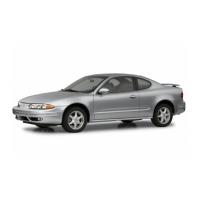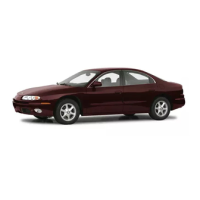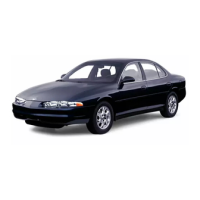Your
Driving,and
the,Road
Defensive Driving
The best advice anyone can give about
driving is: Drive defensively.
Please start with a very important safety
device in your Oldsmobile: Buckle up.
(See
Safety
BeZts
in the
Index.)
Defensive driving really means “be
ready for anything.” On city streets,
rural roads, or freeways, it means
“always expect the unexpected.”
Assume that pedestriansor other
drivers are going to be careless and
make mistakes. Anticipate what they
might do. Be ready for their mistakes.
Rear-end collisions are about the most
preventable of accidents. Yet they are
common. Allow enough following
distance. It’s the best defensive driving
maneuver, in both city and rural
driving.
You
never know when the
vehicle in front
of
you
is
going to brake
or turn suddenly.
Drunken Driving
Death and injury associated with
drinking and driving is a national
tragedy. It’s the number one contributor
to the highway death toll, claiming
thousands
of
victims every year.
Alcohol takes away three things that
anyone needs to drive a vehicle:
Judgment
Muscular Coordination
+
Vision
Police records show that almost half of
all motor vehicle-related deaths involve
alcohol
-
a driver, a passenger or
someone else, such as a pedestrian, had
been drinking. In most cases, these
deaths are the result
.of
someone who
was drinking and driving. About
20,000
motor vehicle-related deaths occur each
year because of alcohol, and thousands
of people are injured.
Just how much alcohol is too much if a
person plans to drive? Ideally, no one
should drink alcohol and then drive.
But
if
one does, then what’s “too
much”? It can be a lot less than many
might think. Although it depends on
each person and situation, here is some
general information on the problem.
The Blood Alcohol Content (BAC) of
someone who is drinking depends upon
four things:
How
much alcohol is in the drink.
The drinker’s body weight.
The amount of food that is consumed
before and during drinking.
The length of time it has taken the
drinker to consume the alcohol.

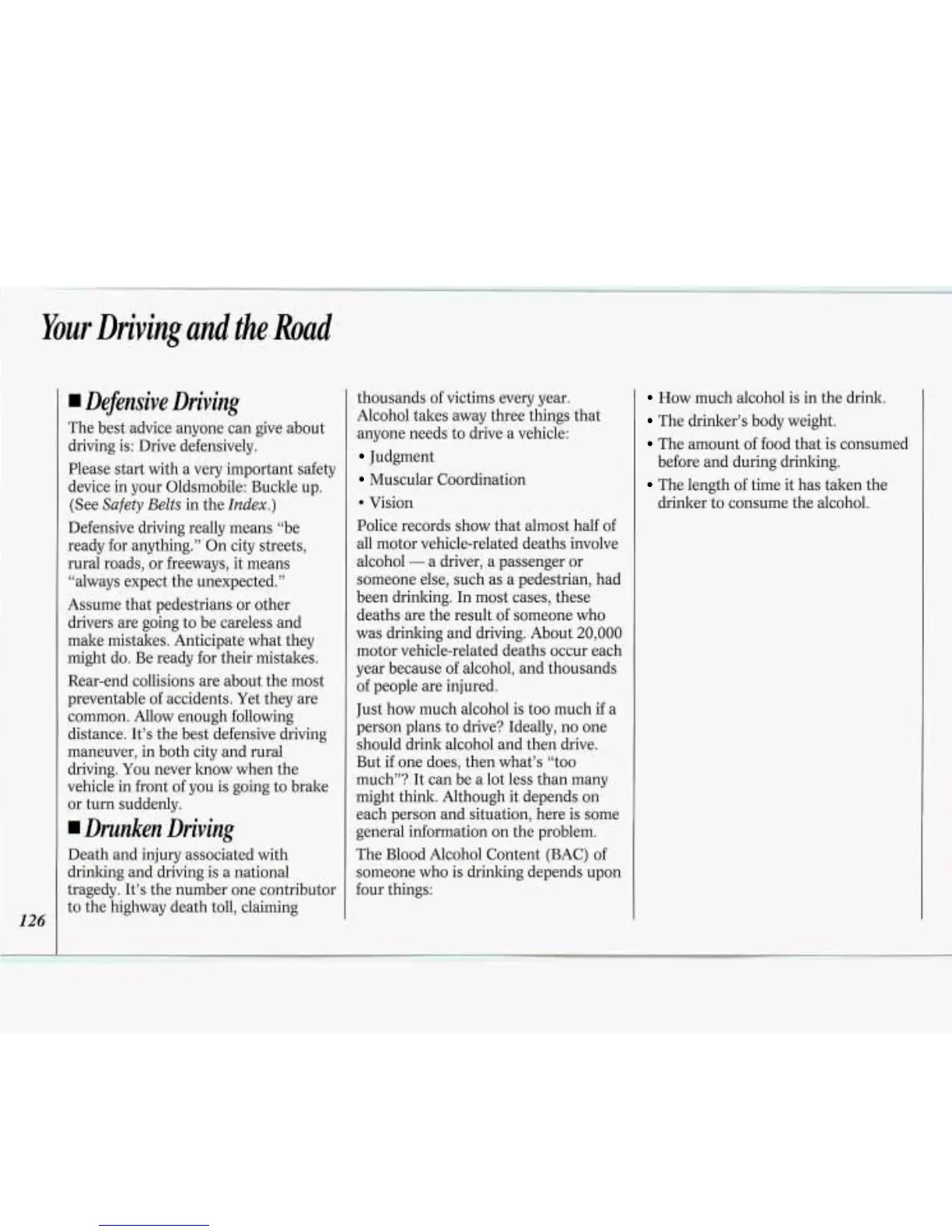